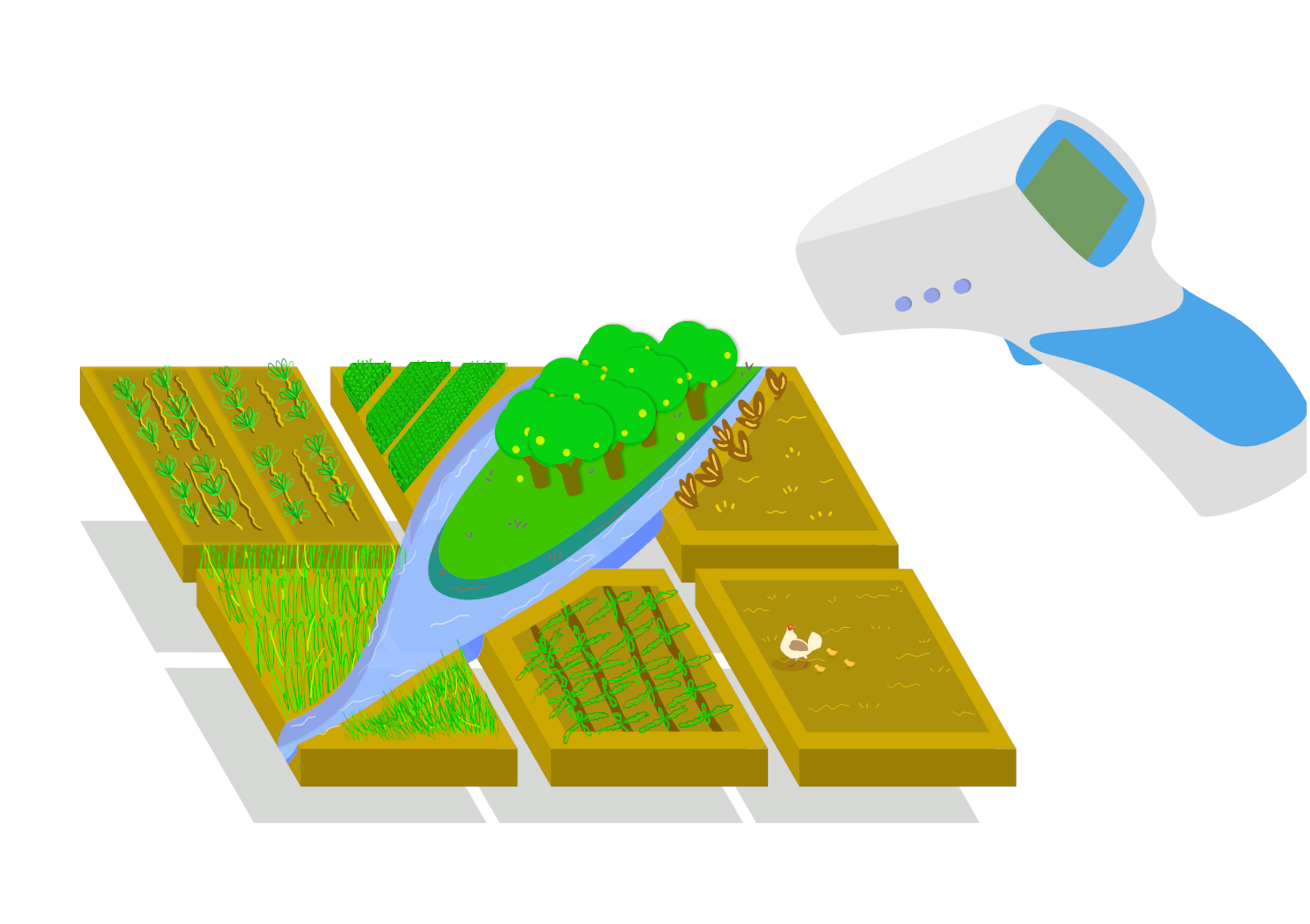The road ahead – recovering from the ongoing pandemic and the ramifications to come

This year, World Food Day will be celebrated on Friday 16th October, marking the 75th anniversary of the United Nations Food and Agricultural Organisation (FAO). The theme of the annual event for 2020 is “Grow, Nourish, Sustain. Together.” The FAO is calling for solidarity to support people around the world, especially the most vulnerable, to cope with and recover from the ongoing COVID-19 pandemic. In the agriculture sector, we are seeing how fragile our existing systems were and continue to be, with every link in the supply chain looking the worse for wear. These issues, however, are not caused by the ongoing epidemic alone, but are symptoms of larger flaws in how we understand food. This is a moment for us to examine how the world was and is, and plan how things should be going forward.
The global pandemic has brought on a very real fear of famine and world hunger. The disease has resulted in the loss of livelihood, food access and food distribution mechanisms, which in turn has raised the rate of food insecurity around the globe. The FAO estimates that the pandemic could cause an additional 83-132 million people to go undernourished in 2020 creating a vicious circle of food insecurity: inadequate access to food, leading to a higher risk of diseases, which further diminishes access to nourishment when the vulnerable need it the most. In this way, food insecurity reflects and reinforces inequity in society.
Going forward, as we consider a global shortage of food, we need to restructure our production systems with long term sustainability in mind. Farm owners need to adopt agroecological practices that naturally protect their crops and livestock, and simultaneously provide us with healthier nutrition. These agroecological practices, if accepted by larger farms, can revitalise their production capacities and that of small-scale farmers. By reducing the dangers of pests and weeds, and enhancing soil fertility in environmentally friendly ways, the smallholders practicing agroecological farming techniques can become more competitive. They can produce stable yields with fewer external inputs, thereby generating greater income and dietary diversity.
The smallholder farmer holds the key to their community’s food sovreignity.
SOME HURDLES ON THE ROAD AHEAD
On many large, modern farms, crops grow in limited diversity. This is because farmers choose to grow plants that produce the highest, most dependable yields for the least input, a practice that has made whole agro landscapes prone to diseases and other biological dangers. On a farm where all crops are genetically similar, conditions are ripe for pathogens to multiply and cause infectious diseases, leaving entire farms susceptible. Crops grow in strained and highly precarious environments, where they are exposed to weed infestations, insect invasions, diseases and climate change. Human diets, at the same time, have been constricted to rice, wheat and maize – three crops that provide 50% of the world’s calories. Although our dependence on these plants is artificial, since we can acquire our daily nutrients from any of over 2,500 crops, should any of the three key plants fail, the food security of an enormous swath of people will be compromised. This is one of the issues that could lead to a global famine.
While we consider the health of the crop itself, we must also consider the health of the people who work with the crops. The plight of food supply chain workers, people whom we now recognise as essential, has come to light over the past several months. Those who work with food on farms, at warehouses and as delivery operatives, may have had to deal with precarious job security, insufficient remuneration, and reduced bargaining power against corporations and governments. Food supply chain workers are on the front lines today, not because they have been given the resources or adequate remuneration, but because they cannot afford not to work, regardless of working conditions.
At the same time, it is heartening to note that governments around the world have provided unprecedented support to their people during this pandemic. However, the coming years will require more focused, less reactionary responses. In its statement on World Food Day, the FAO recommends that governments control food price volatility, support smallholder farmers and protect natural resources. Nations need to implement the Right to Food and organise food security measures, assuring access to food during the oncoming, deep economic recession.
MEASURES TO PROTECT THE SUPPLY CHAIN
When it comes to agricultural practices themselves, we need to understand the connection between farming, nature and human health, and envision how to re-territorialise agriculture such that future disruptions in the food supply chain can be prevented or tackled. This will require major changes from leaders of the industry and of our nations. Communities have already shown the way with some of their local innovations in response to the pandemic. These measures need to be understood and replicated.
I foresee that farms that currently practice monoculture farming, that is, growing one crop on a large portion of land, will have to switch to more complex agricultural systems. They will have to create farms in which ecological interactions between different biological components replace man-made inputs to provide mechanisms that promote soil fertility, productivity and crop protection. This will give farmers greater autonomy over their fields, allowing them to cut down on expensive inputs.
Following the same logic of increasing biodiversity, farms also would need to reduce the size of their cropping areas and create natural ecological breaks of forests on their lands alternating with patches of farms. This would help enrich the natural matrix of their environment. Intercropping is another method that can be practiced in tandem with improving biodiversity and dividing up farmland. This is a healthy practice for the soil, and gives farmers a secondary crop to rely on, protecting them from volatile market conditions.
Finally, we need to recognise that a majority of the human population (60%) lives in cities now. With this being the case, many have pushed for urban farms that can produce fresh fruits, vegetables and livestock close to urban centres. Cities also hold 56% of the world’s poor and 20% of all undernourished persons. These farms, who have grown exponentially over the past two decades, can improve urban food security and diversify urban diets, which can lead to positive changes.
COVID-19 is by no means the first or the last pandemic to have affected humanity. The ramifications have not been entirely unpredictable given the knowledge we already had, especially in the field of agriculture. Nonetheless, supply chains have been disrupted and irreversibly damaged. It is difficult to see a silver lining in all of this, but I am positive that we will use this as an opportunity to rebuild and create a system where we are able to handle these issues. I believe that we can create regional food systems that can absorb these jagged fluctuations and the gradual shift of our changing climate.
Continue Reading
World Environment Day – Revisiting “Only One Earth”
Climate change is real. It affects developing nations disproportionately as compared to developed nations. Developing nations should not wait for help to do good for the environment but work towards ensuring that these challenges are met headlong. They should know that sustainability goals and development is not mutually exclusive.
World Food Crisis – How Africa can be the long-term solution
Africa has abundant resources to be the food factory for the world. This holds true especially for vegetable oil crops such as Sunflower, palm, soybean and rapeseed. Tanzania provides ideal conditions for growing sunflower at scale and supply it’s oil to the major consuming nations such as India.
Earth Day – Rising to the challenge of saving ourselves
We need to find solutions to ensure we can not just stop but reverse climate change. One solution is regenerative agriculture that can not only improve the yields for the farmers, but also reduce their carbon footprint.




0 Comments